
How do I measure the light intensity of different light sources?
The determination of light intensity can be crucial, for example, when designing the lighting of a room or preparing for a photo shoot. In the era of the Internet of Things (IoT), determining light intensity also plays an important role for so-called smart agriculture. In this context, a key task is to monitor and control important plant parameters in order to promote optimal plant growth and accelerate photosynthesis.
Therefore, light is one of the most important factors. Most plants typically absorb light at the red, orange, blue and violet wavelengths of the visible spectrum. Light in the green and yellow wavelengths of the spectrum is generally reflected and contributes little to plant growth. By controlling portions of the spectrum and the intensity of light exposure during different growth stages, growth can be maximised, ultimately increasing yield.
Figure 1 shows a circuit design for measuring the intensity of light in the visible spectrum range for an experiment on plant photosynthesis. Here three different coloured photodiodes (green, red and blue) are used which respond to different wavelengths. The light intensity measured by the photodiodes can now be used to control the light source according to the requirements of a specific plant.

Figure 1. Circuit design for measuring light intensity
The circuit shown consists of three precision current-voltage converters (transconductance amplifiers), one for each colour (green, red and blue). The outputs of the current-voltage converters are connected to the differential inputs of a sigma-delta analogue-to-digital converter (ADC), thus providing the measured values as digital data to the microcontroller for further processing.
Conversion of light intensity to current
Depending on the intensity of the light, a more or lesser amount of current will flow through the photodiode. The relationship between current and light intensity is approximately linear, as shown in Figure 2. The figure shows characteristic curves of output current versus light intensity for red (CLS15-22C/L213R/TR8), green (CLS15-22C/L213G/TR8) and blue (CLS15-22C/L213B/TR8) photodiodes.

Figure 2. Characteristic curves of current versus light intensity for red, green and blue photodiodes
However, the relative sensitivities of the red, green and blue diodes are different, so that the gain of each stage has to be determined individually through the feedback resistor RFB . To do this, the short-circuit current of each diode must be obtained from the datasheet (ISC )), and then the sensitivity S (pA/lux) at the operating point determined by it. rFB is calculated as follows:

VFS,P-P denotes the full output voltage range required (full scale, peak to peak); INTMAX denotes the maximum light intensity, which is 120,000 lux for direct sunlight.
Current to Voltage Conversion
High-quality current-to-voltage conversion requires that the operational amplifier's bias current be as small as possible, since the photodiode's output current is in the pico-ampere range, and a high bias current can cause considerable error. The offset voltage should also be very small. ADI's AD8500 is ideal for this type of application, with a typical bias current of 1 pA and an offset voltage of 1 mV maximum.
analogue-to-digital conversion
For further processing of the measured value, the photodiode current is converted into a voltage which must be provided as a digital value to the microcontroller. For this purpose an ADC with several differential inputs can be used, e.g. the 16-bit ADCAD7798. the output code for the measured voltage is therefore as follows:

included among these
AIN = input voltage.
N = number of bits.
GAIN = gain factor of the internal amplifier.
VREF = external reference voltage.
To further reduce noise, common mode and differential filters are used at each differential input of the ADC.
All of the components described are very power efficient, making the circuit ideal for battery-powered portable field applications.

Please contact us if the source is mislabeled or violates your legal rights.
We will promptly correct and delete, thank you.
- How TI’s investments in back-end manufac...
- Analog Devices Invests More Than $1 Bill...
- Analog Devices Releases 2022 Environment...
- IBM reinvents AI computing by using anal...
- Expert blog post Reducing Pin Usage in 8...
- Infineon's New Generation of Industrial ...
- How do I measure the light intensity of ...
- Microchip's New Cost-Effective Standalon...
- How important is a diverse portfolio of ...
- 【Application】Highly adaptable 20MHz acti...
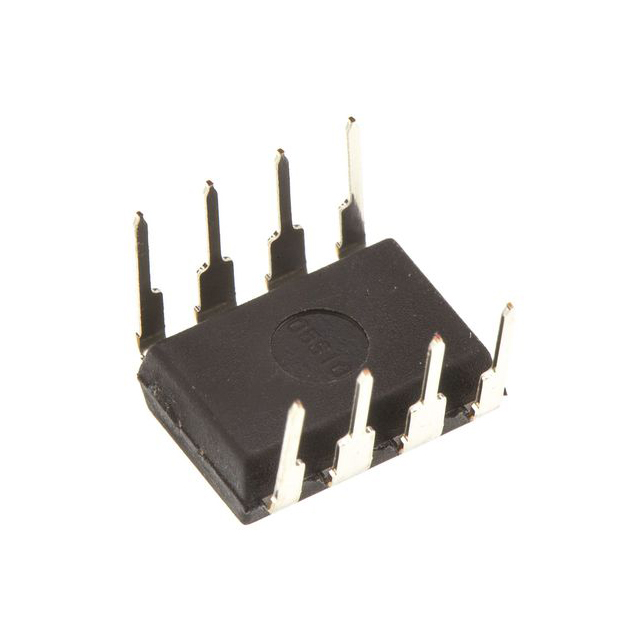
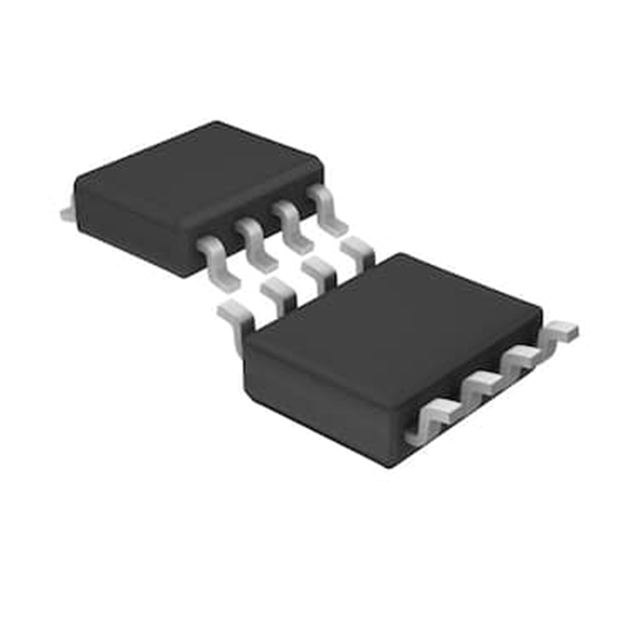
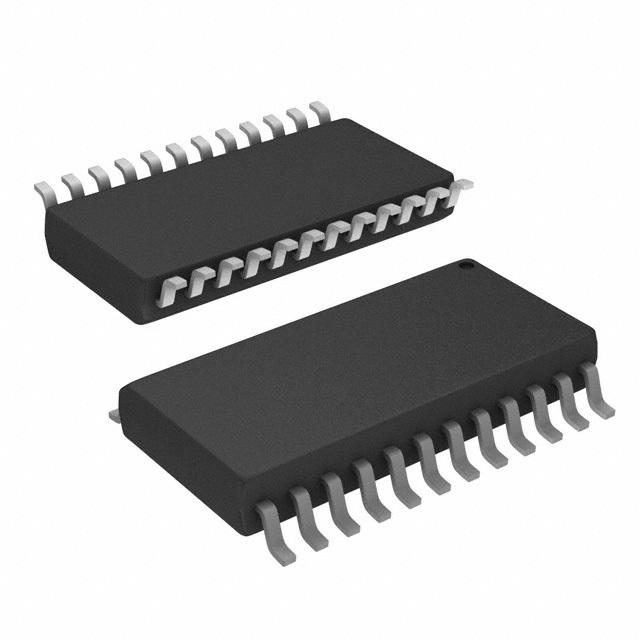
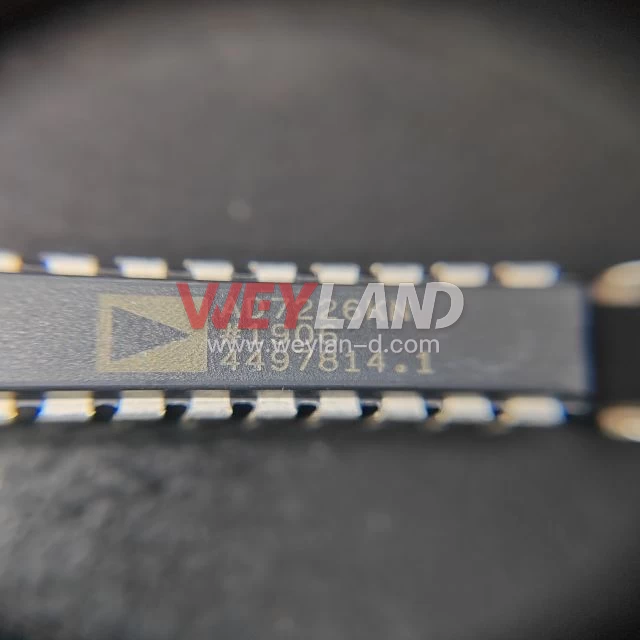
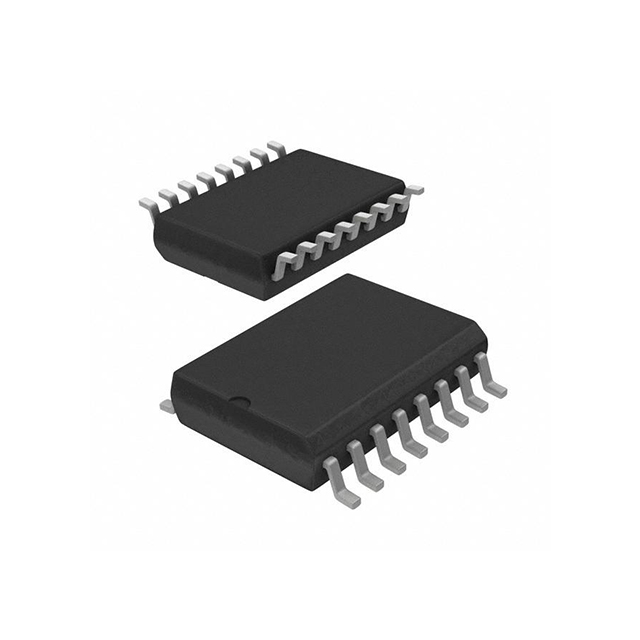

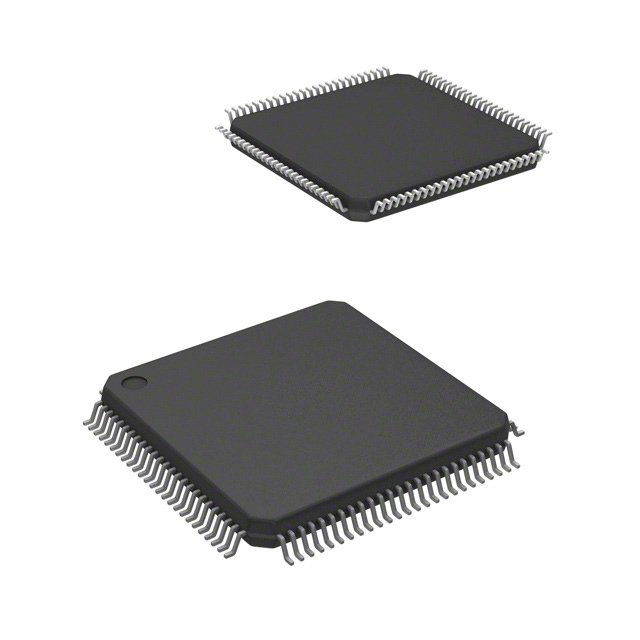
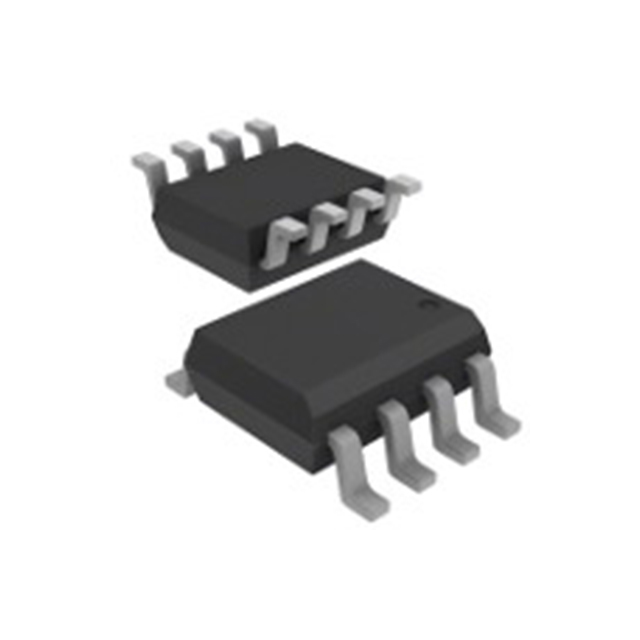

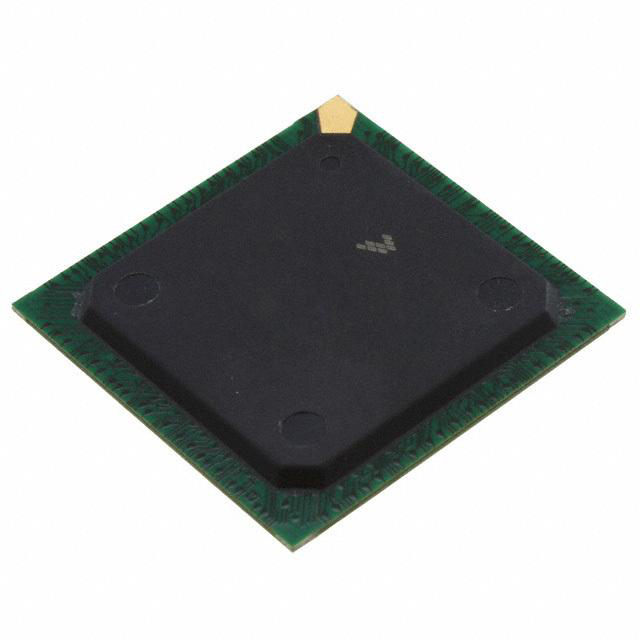
.9246509.png)
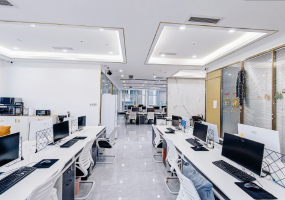

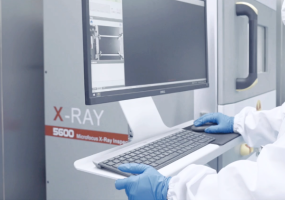
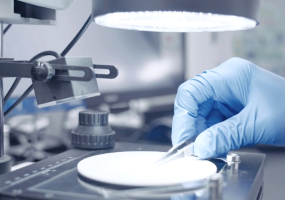
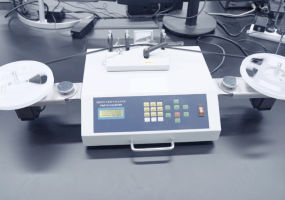







service@weylan-d.com
RM 705.7/F.FA YUEN COMM BLDGNO.75-77.FA YUEN STREET.MONGKOK.KLN.HONG KONG
